IFM SM8130 Manual
Læs gratis den danske manual til IFM SM8130 (60 sider) i kategorien Ikke kategoriseret. Denne vejledning er vurderet som hjælpsom af 9 personer og har en gennemsnitlig bedømmelse på 4.8 stjerner ud af 5 anmeldelser.
Har du et spørgsmål om IFM SM8130, eller vil du spørge andre brugere om produktet?

Produkt Specifikationer
| Mærke: | IFM |
| Kategori: | Ikke kategoriseret |
| Model: | SM8130 |
Har du brug for hjælp?
Hvis du har brug for hjælp til IFM SM8130 stil et spørgsmål nedenfor, og andre brugere vil svare dig
Ikke kategoriseret IFM Manualer
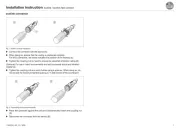
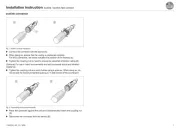
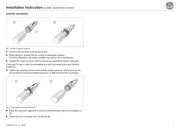
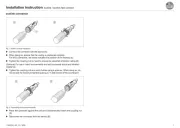
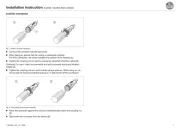
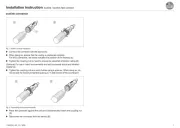
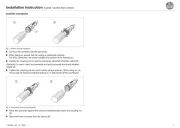
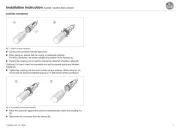
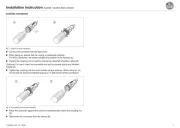
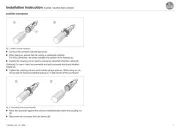
Ikke kategoriseret Manualer
- Atlona
- Propellerhead
- Bowflex
- Dnt
- Bigben
- EA Elektro Automatik
- Warwick
- Naxa
- Alcatel
- Profizelt24
- Jonsered
- DutchOne
- Autel
- Renogy
- MBZ
Nyeste Ikke kategoriseret Manualer









